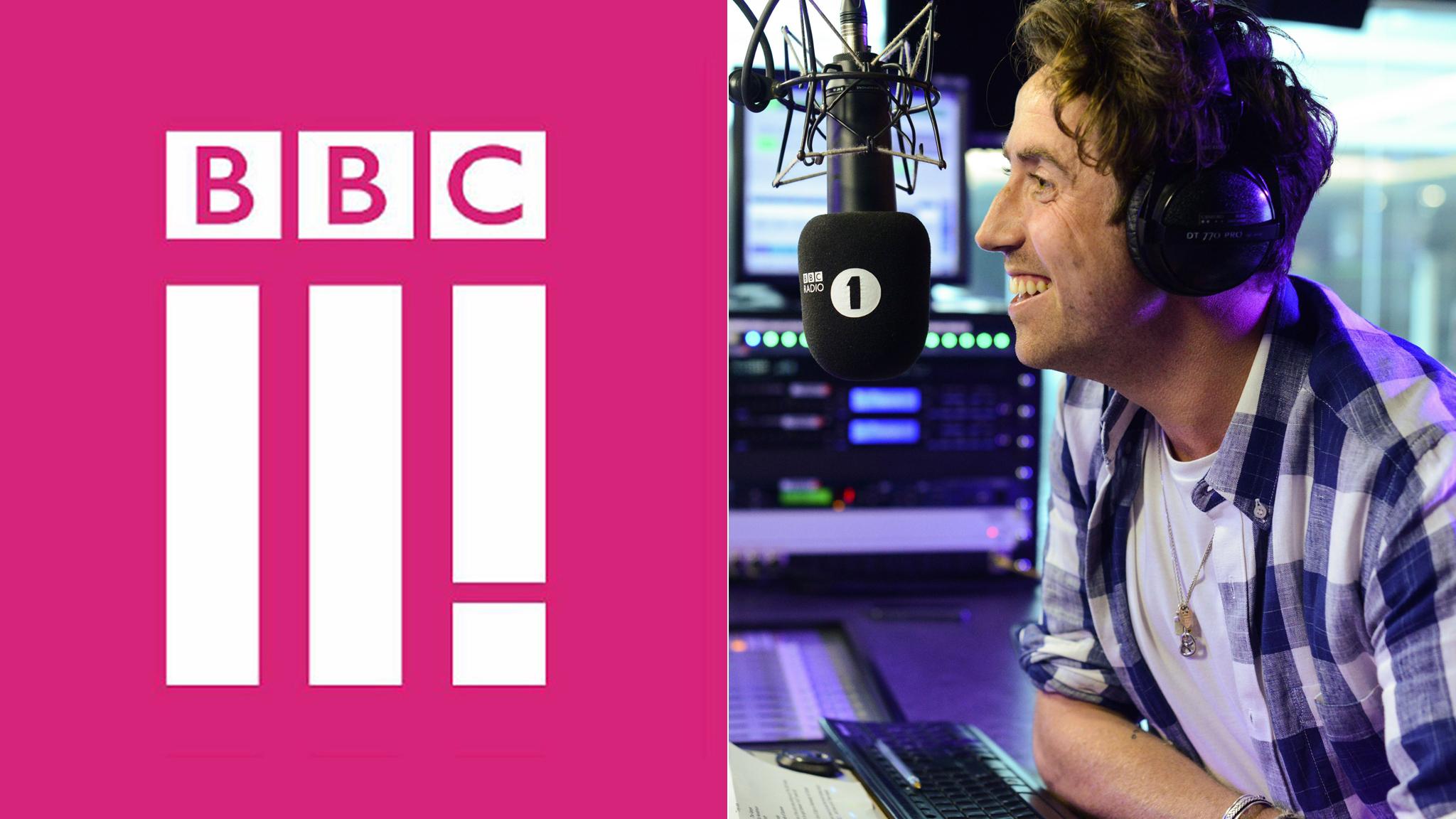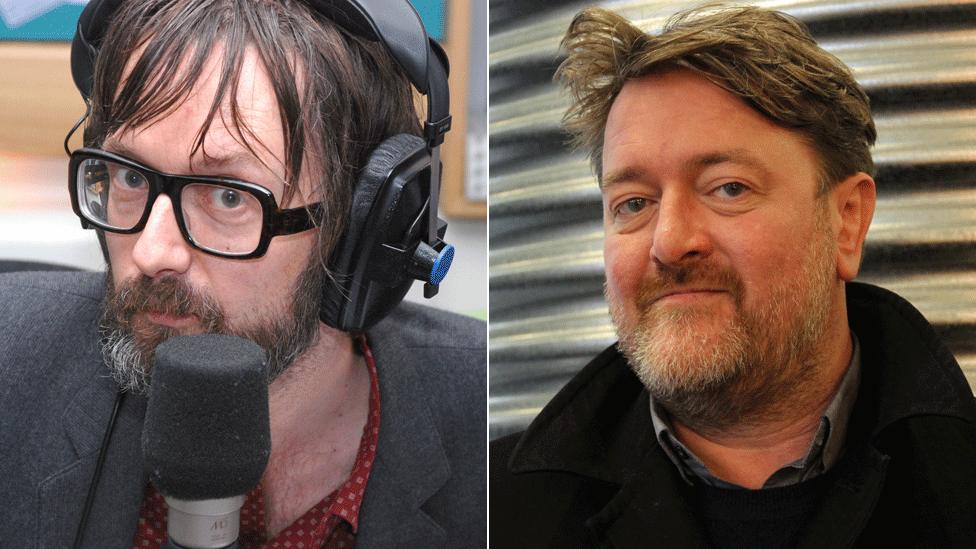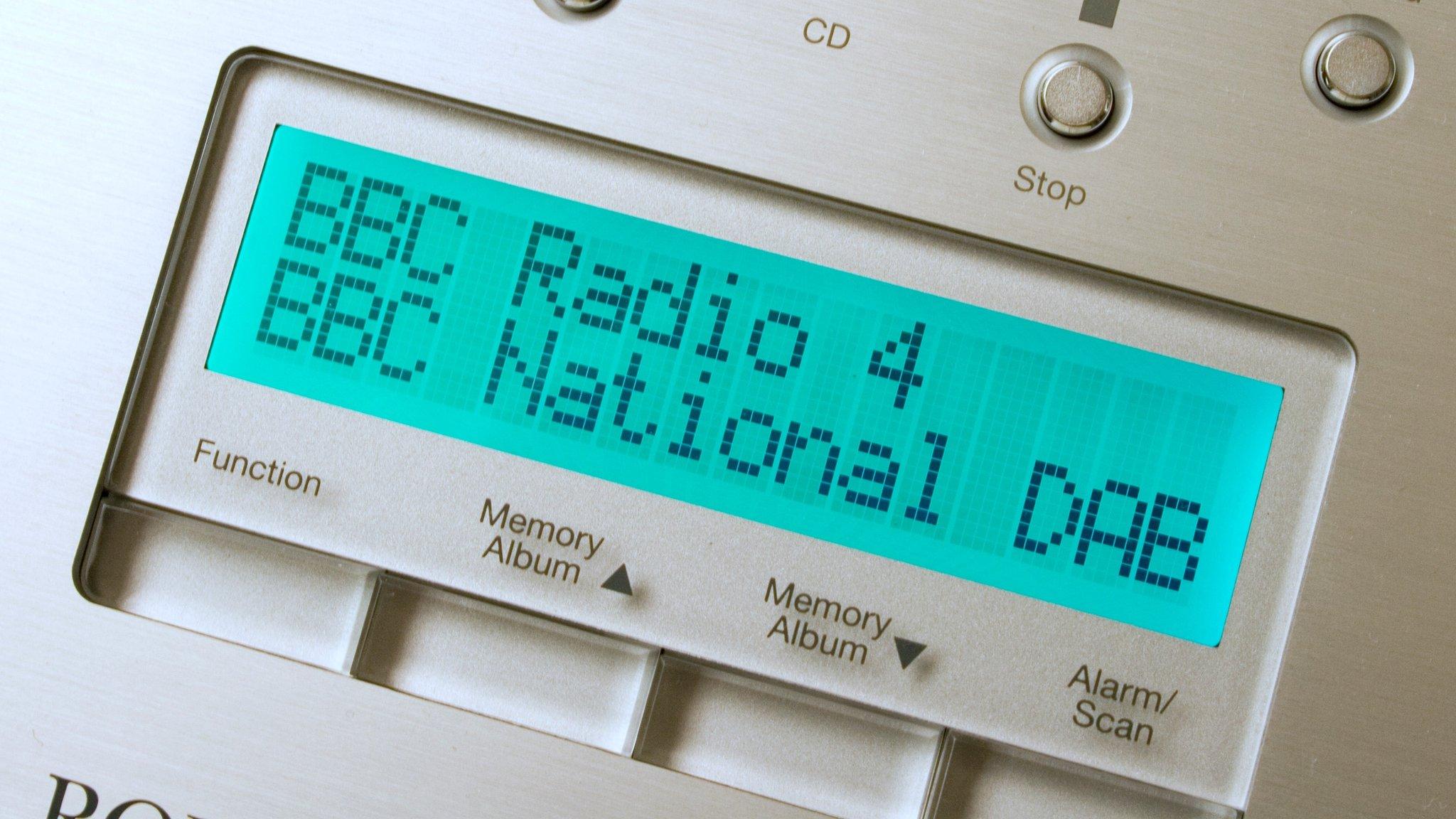BBC Radio 1 loses a million listeners as Radio 4 hits new high
- Published

Nick Grimshaw's BBC Radio 1 breakfast show has 5.4 million listeners a week
BBC Radio 1's audience has dropped to its lowest level for more than a decade after the station lost a million listeners over the past year.
About 9.5 million adults a week tuned in between April and June compared with 10.4 million during the same period in 2015, audience trackers Rajar said.
Radio 1 said the figures were "only part of the picture" and that its digital platforms had grown.
But the station now has its smallest radio audience since 2003.
Breakfast host Nick Grimshaw has 5.4 million listeners per week - down 400,000 year-on-year but unchanged from the first three months of 2016.
Changing youth habits
Radio 1 controller Ben Cooper said: "Rajars are only part of the picture for Radio 1, and our listeners should be seen alongside increases on our YouTube channel as it goes past one billion views and our growing social media platforms with over 8.5 million users.
"To focus solely on Rajars is similar to looking at how many newspapers have been sold without looking at their online presence or national influence."

Analysis - David Sillito, BBC media correspondent
A million listeners is a big drop. However, quarterly radio listening figures have a habit of bouncing around.
Look over the long term and what's surprising is that in an era of huge technological change, radio listening has stayed so stable overall.
In March 2006, Radio 1 had a weekly reach of 9.9 million listeners aged over 15. In March 2016, it had 9.9 million.
However, there are trends hidden in the figures.

Radio 1's target audience is 15-29 year olds, and the station's on-air decline comes as separate research confirms young people are listening to less radio overall.
According to an annual survey of media habits published by broadcast regulator Ofcom on Thursday, 16 to 24-year-olds spent 29% of their audio listening time tuning in to live radio in 2015.

Radio 4's Today programme has 7.4 million listeners
That is much lower than the average of 71% for all adults.
And the average time spent listening to the radio every week by 15-24s has fallen by five hours in the past decade, from 20 hours in 2005 to fewer than 15 hours last year.
Radio 4's 'Brexit boost'
Meanwhile, Radio 4 and 6 Music both enjoyed record ratings from April to June.
According to Rajar, 6 Music had 2.27 million listeners per week, just ahead of Radio 3, which enjoyed a five-year high with 2.2 million.
Radio 4 attracted more than 11.5 million adults - up from 10.6 million a week over the same period last year.
The station's Today programme also boasted what it described as a "Brexit boost", taking it to a record 7.4 million people per week.
"Rather than simply wanting a quick fix on the headlines as they wake up, our discerning listeners turn to Today to hear some of the best journalism and interviewing in the world, giving them a deeper understanding of the stories of the day," Radio 4 controller Gwyneth Williams said.
Other speech stations also prospered:
BBC 5 live's audience rose by 10% in a year to 5.9 million
Talksport was up 8% to 3.3 million
LBC rose by 17% to 1.7 million
Among the music stations to perform well between April and June were Capital, Smooth and Classic FM.

Follow us on Twitter @BBCNewsEnts, external, on Instagram at bbcnewsents, external, or email entertainment.news@bbc.co.uk, external.
- Published13 February 2016

- Published4 February 2016

- Published29 October 2015

- Published6 August 2015
